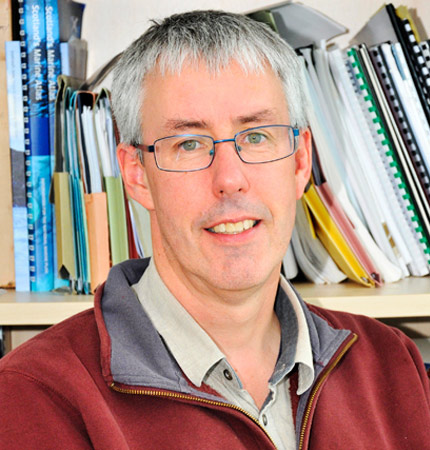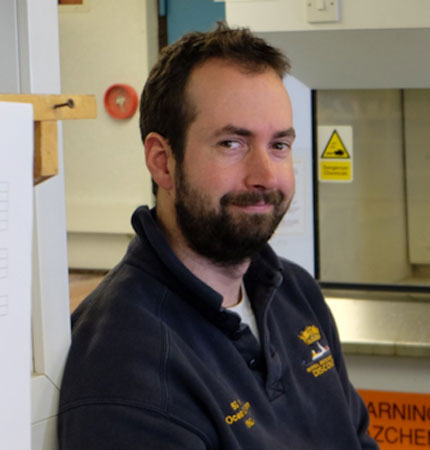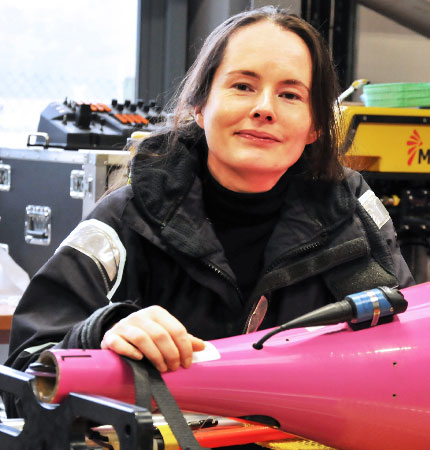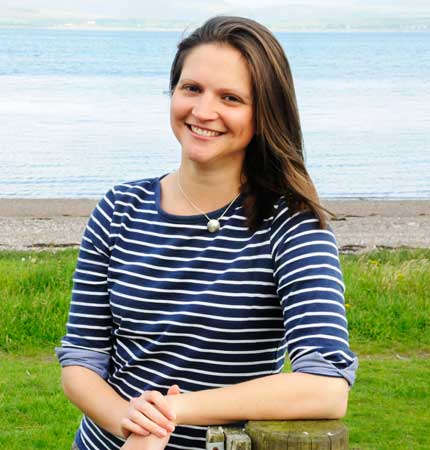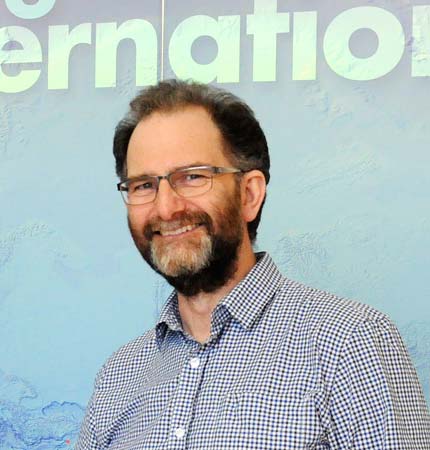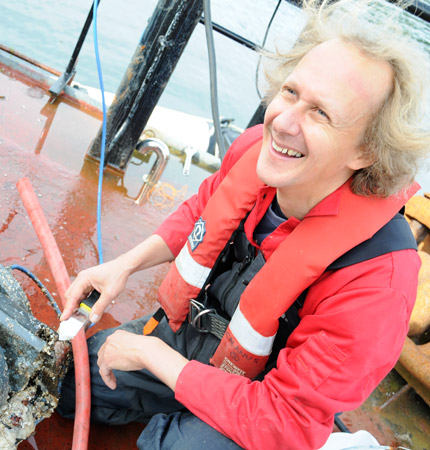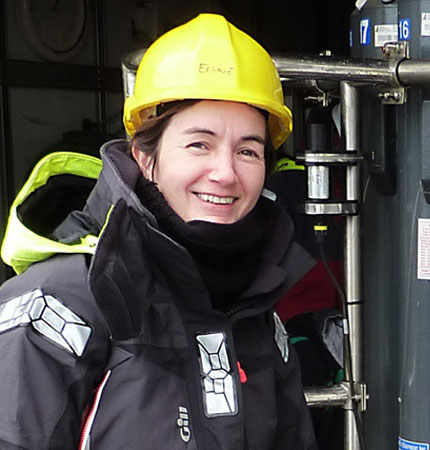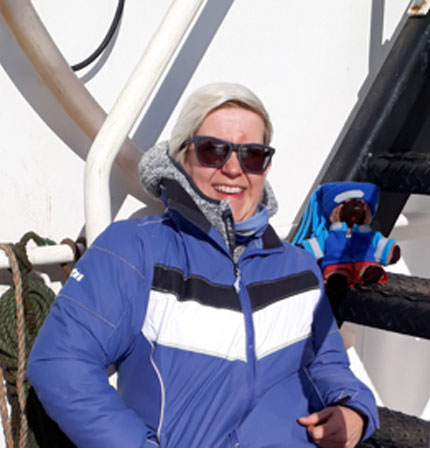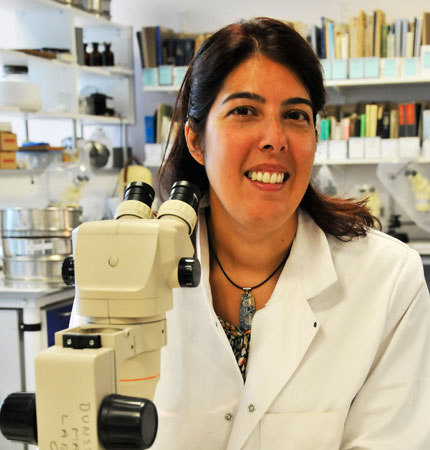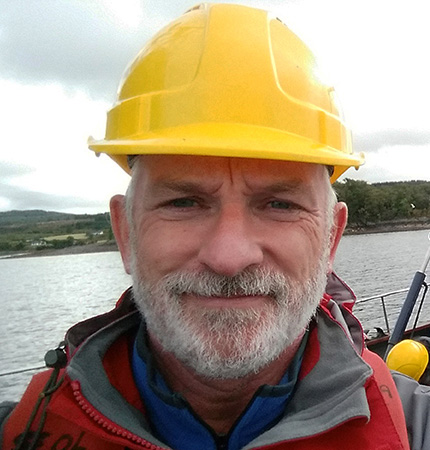Arctic Productivity in the Seasonal Ice Zone
The Arctic PRIZE project addresses the core objective of the NERC Changing Arctic Ocean Program by seeking to understand and predict how change in sea ice and ocean properties will affect the large-scale ecosystem structure of the Arctic Ocean.
We investigate the seasonally and spatially varying relationship between sea ice, water column structure, light, nutrients and productivity and the roles they play in structuring energy transfer to pelagic zooplankton and benthic megafauna.
We focus on the seasonal ice zone (SIZ) of the Barents Sea – a highly productive region that is undergoing considerable change in its sea ice distribution – and target the critically important but under-sampled seasonal transition from winter into the post-bloom summer period.
Of critical importance is the need to develop the predictive tools necessary to assess how the Arctic ecosystems will respond to a reducing sea ice cover. This will be achieved through a combined experimental/modelling programme.
The project is embedded within international Arctic networks based in Norway and Canada and coordinated with ongoing US projects in the Pacific Arctic. Through these international research networks Arctic PRIZE strives for a legacy of cooperation far beyond the lifetime of the funding.
A key objective of Arctic PRIZE is the forging of lasting engagement with the international Arctic research community. Through our established links with international institutes we will ensure that our project has appropriate scientific breadth, opportunities for additional sampling, significant pan-Arctic integration and longevity beyond the funded lifetime of the project. Of particular significance, we will work closely with the partner institutes within the Nansen Legacy – a leading Norwegian initiative focused on our study area, the Barents Sea.
Finally, Arctic PRIZE is committed to the development of the next generation of Arctic researchers: An important objective is to be able to provide high quality education and training through our association with the University Centre in Svalbard (UNIS) and with the institutions of our project partners. We will promote participation in networks such as ARCTOS, APECS and ArcticNet and support the development of students and PDRAs with placement in international laboratories with many of the world’s leading Arctic scientists.
The Arctic PRIZE project is led by Professor Finlo Cottier from SAMS.
Funders
NERC, Changing Arctic Ocean programme, robotics nc
Partners
SAMS (lead); University of Edinburgh (UK); University of Oxford (UK); University of St Andrews (UK); University of Strathclyde (UK); National Oceanography Centre (UK); UiT, The Arctic University of Norway, Tromsø (Norway); University Centre in Svalbard (Norway); Akvaplan-Niva (Norway); Norwegian Polar Institute; Institute of Marine Research (Norway); University of Trondheim (Norway); SINTEF (Norway); University of Hamburg (Germany); Arctic Net (Canada); University of Washington (USA); University of Rhode Island (USA)
Five integrated work packages (WPs)
WP1 Physical Parameters
We will measure properties of the water column (temperature, salinity, turbulent fluxes, light, fluorometry) in both open water and under sea ice by deploying animal-borne tags on seals which preferentially inhabit the marginal ice zone (MIZ). We will use ocean gliders to patrol the water around the MIZ and track it as the ice retreats northwards in summer. Measurements of underwater light fields will support development of improved regional remote sensing algorithms to extend the spatial and temporal context of the proposal beyond the immediate deployment period.
WP2 Nutrient Dynamics
We will undertake an extensive program of measuring inorganic and organic nutrients, their concentrations, isotopic signatures and vertical fluxes to understand the role of vertical mixing and advection (WP1) in regulating nutrient supply to PP in the surface ocean.
WP3 Phytoplankton Production
We will investigate nutrient supply (WP2) and light availability (WP1) linked to sea ice affect the magnitude, timing, and composition of phytoplankton production, and the role of seasonal physiological plasticity. Through new numerical parameterisations — cross-tuned and validated using a rich array of observations — we will develop predictive skill related to biological production and its fate; resolve longstanding questions about the competing effects of increased light and wind mixing associated with sea ice loss; and therefore contribute to the international effort to project the functioning of Pan-Arctic ecosystems.
WP4 Zooplankton Behaviour
Zooplankton undergo vertical migrations to graze on PP at the surface. We will use acoustic instruments on moorings and AUVs, with nets and video profiles to measure the composition and behaviours of pelagic organisms in relation in light and mixing (WP1) and phytoplankton production (WP3) over the seasonal cycle of sea ice cover. The behaviours identified will be used to improve models that capture the life-history and behavioural traits of Arctic zooplankton. These models can then be used to investigate how feeding strategies of key Arctic zooplankton species may be modified during an era of reducing sea ice cover.
WP5 Benthic Community
We will use an AUV equipped with camera system to acquire imagery of the large seabed-dwelling organisms to investigate how changes in sea ice duration (WP1), timing of PP (WP3) and bentho-pelagic coupling (WP4) can modify the spatial variation in benthic community composition. We will also conduct time series-studies in an Arctic fjord using a photolander system to record the seasonally varying community response to pulses of organic matter.
The core objectives of Arctic PRIZE are to
- >investigate the seasonally-varying interplay between physical forcings and nutrient fluxes
- >understand their impact on primary productivity (PP) and related zooplankton dynamics and benthic communities, and
- >support development of enhanced modelling capabilities to make projections of ecosystem response to reducing sea ice cover.
We will investigate and model fundamental processes driving the Arctic Ocean ecosystem to predict its response to sea ice retreat.
We will make new observations of water column properties and community composition using standard ship-based techniques, autonomous vehicles, moored instruments, seals and remote sensing.
Thus we will be making core measurements relevant to the wider NERC Changing Arctic Ocean programme. From these data, new, well-validated models will be developed that will be merged back into UK and international efforts to project the future of pan-Arctic ecosystems through collaboration with leading modelling groups.
Work package objectives
WP1: Compile a full suite of vertical profiles of temperature, salinity, fluorescence, intensity and spectral quality of the light field and vertical turbulent fluxes through the winter to summer transition across a seasonal ice zone (SIZ) to ensure realistic PP modelling scenarios.
WP2: Quantify inorganic and organic nutrient inventories and fluxes in relation to sea ice conditions and vertical mixing, and their seasonal and spatial variability, and relate the supply and relative availability of new and regenerated nutrients to their uptake by phytoplankton.
WP3: Develop projections of future PP (magnitude, phenology, and composition) based on measurements of PP in the SIZ which investigate factors affecting production rate and community composition.
WP4: Develop behavioural models of how zooplankton respond to changes in ice cover and food availability based on quantitative measures of zooplankton migratory behaviours in relation to season, ice and phytoplankton.
WP5: Quantify Arctic benthic community composition and behavioural responses in terms of the lateral gradients in productivity and seasonal pulses of organic material.


